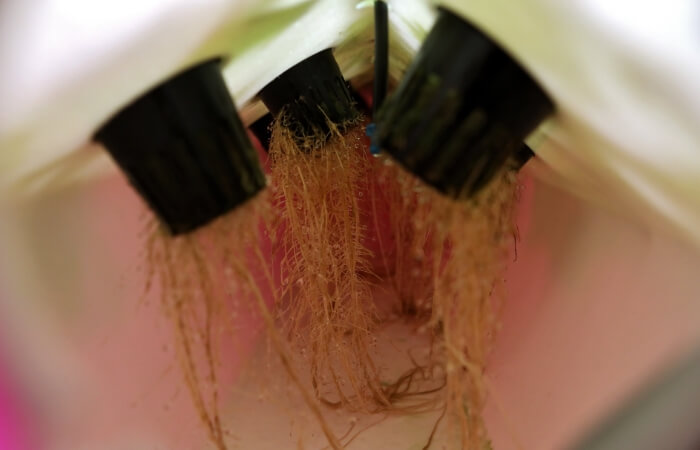Today, I’m tackling a topic that might make you nod in agreement: why gardening can be tough.
I believe gardening is a labor of love, full of challenges that range from the physical, like aerating compacted soil, to the emotional rollercoaster of dealing with plant loss.
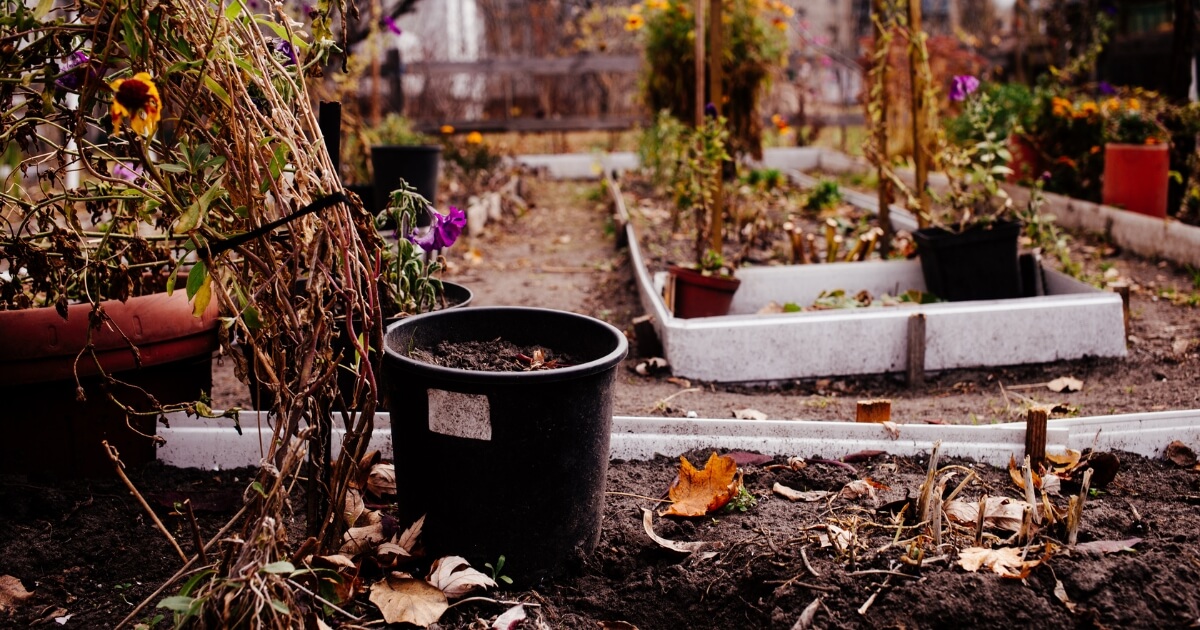
Every gardener faces these hurdles. Remember, each problem solved is a new skill learned, and every season brings more knowledge and experience.
In this article, I’ll break down several gardening challenges that you might encounter so that you can prepare for the day one of them comes your way.
The Physical Demands
Gardening isn’t just about planting a seed and watching it grow. It’s a physical workout that can leave you feeling like you’ve hit the gym.
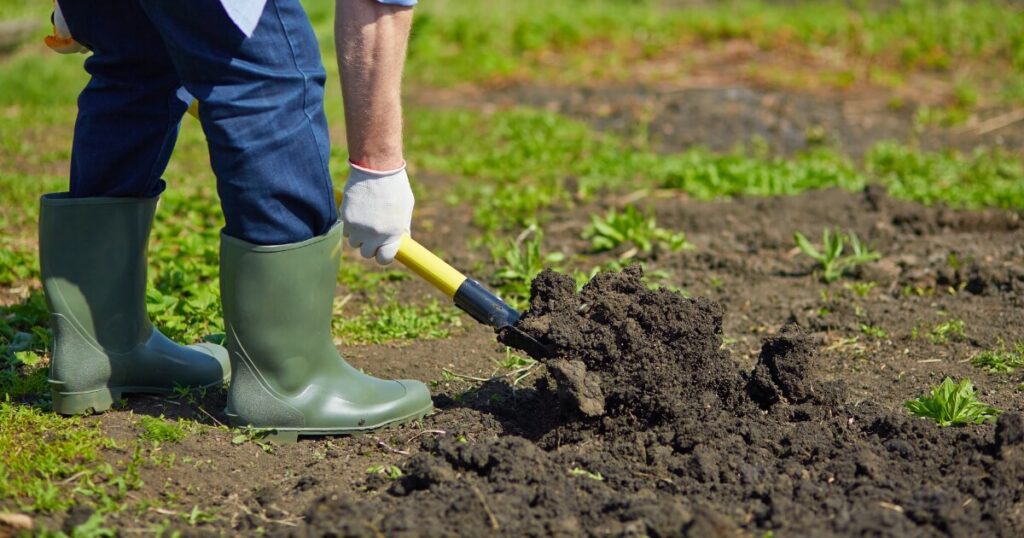
Digging, weeding, pruning, and hauling bags of soil or mulch are all part of the game. These activities engage your muscles and can be quite the exercise routine.
Sure, it beats being stuck indoors, but don’t be surprised if you wake up with a few new aches after a day in the dirt.
My best tip is to stick to what you can handle, keep moving, and keep doing, and those achy days will be a thing of the past. Always reach out for a hand if you need it.
The Learning Curve
Sometimes, the learning curve in plant care is as steep as a freshly plowed hillside! Each plant species comes with its own set of instructions for optimal growth.
And guess what? Those instructions can change based on your local climate, soil type, and even the year’s weather patterns. Gardening is an ongoing education where Mother Nature is your teacher and likes to throw pop quizzes.
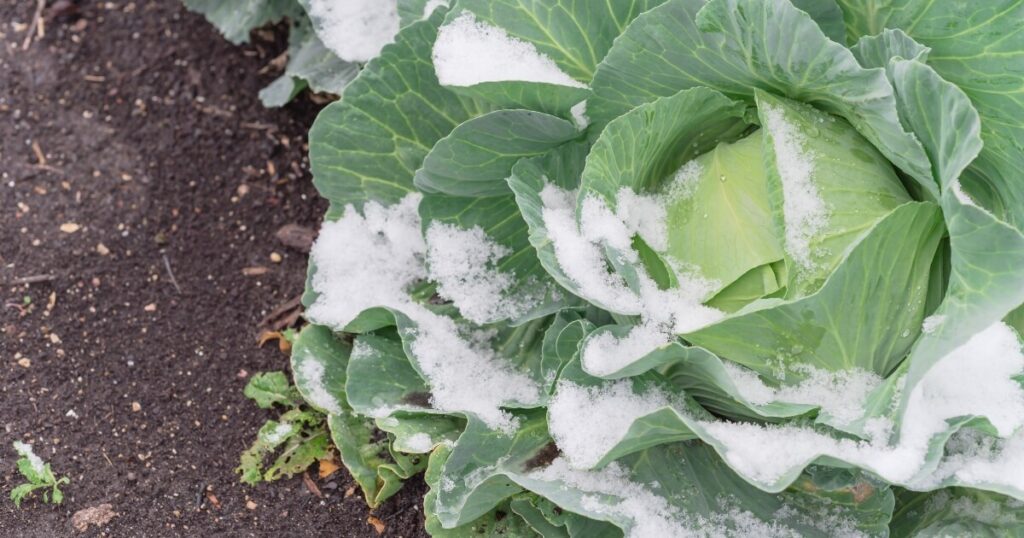
Here’s what you’ll learn along the way:
- Soil Science: You’ll learn about pH levels and nutrients. Your plants will tell you (not literally, of course) when they’re hungry for more nitrogen or when they’ve had too much sun.
- Pest Management: You’ll become a detective looking for signs of insect invaders or disease. It can feel like pests have a personal vendetta against your garden!
- Water Wisdom: Too much or too little? Understanding each plant’s hydration needs is important for preventing root rot or drought stress.
- Seasonal Shifts: Plants have their preferences when it comes to weather conditions. Learning how to protect them from frost or heat waves becomes second nature over time.
Social Media Distortion
Social media has a way of making everything look effortless, including gardening. Scroll through your feed, and you’ll see picture-perfect gardens without a dead leaf in sight.
These images can set unrealistic expectations, making it seem as if lush landscapes spring up overnight without breaking a sweat. But let’s pull back the curtain on that illusion.

Behind every Insta-worthy garden photo is a reality filled with trial and error, not to mention hours of dedication.
Those vibrant blooms and immaculate vegetable rows didn’t just happen. They’re the result of consistent care, battling unforeseen issues like pest invasions or sudden plant diseases, and often years of experience.
Here’s what social media might not show you:
- Time Investment: Gardens require regular attention, sometimes daily. Social media posts don’t always capture the early mornings or late evenings spent tending to plants.
- Failures: Some plants just don’t make it no matter what we do. Social platforms tend to highlight successes, but every gardener knows failure is part of the learning process.
- Messy Moments: Mud-stained clothes and dirt under your fingernails are badges of honor in gardening. These rarely make it to the polished posts online.
Social media is about the highlights, not an accurate representation of day-to-day gardening life. It’s okay if your garden isn’t always camera-ready. What matters is the joy and satisfaction you get from growing something with your own two hands.
Time & Money Investment
Gardening can put a dent in your wallet and your calendar. It’s not just about buying a few seeds or plants. You have to consider soil, fertilizers, gardening tools, and sometimes even landscaping services.
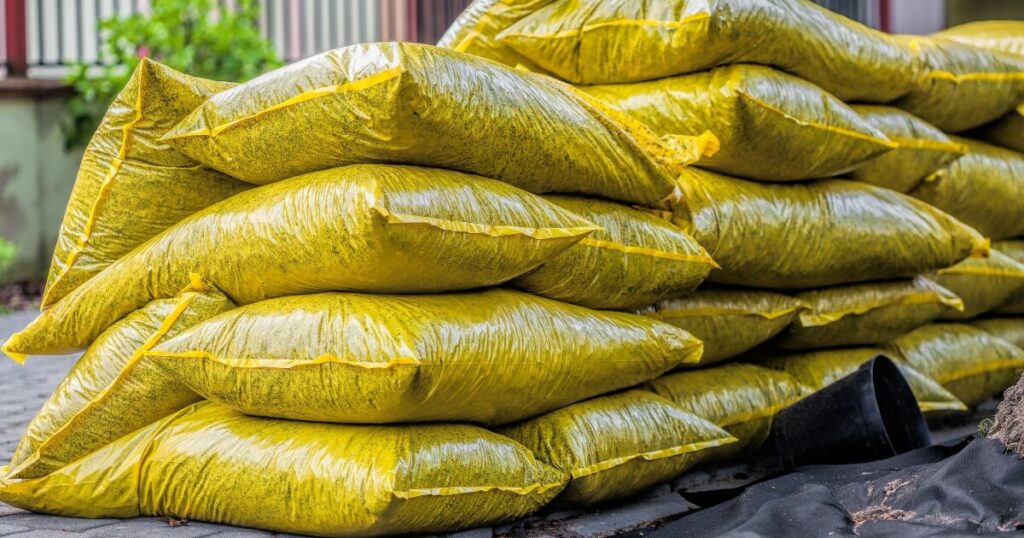
And time? You’ll be investing plenty of that, too.
Here’s where your resources are likely to go:
- Soil Improvement: Good soil is the foundation of a healthy garden. It adds up whether you’re amending it with compost, adjusting pH levels, or buying topsoil.
- Plants and Seeds: Those little packets of seeds or nursery plants might seem inexpensive individually, but fill a large garden bed, and suddenly, you’re talking real money.
- Gardening Tools: You can start with just a spade and some gloves. But soon, you might find yourself eyeing pruners, trowels, hose attachments…the list goes on.
- Time Commitment: Your time is valuable. From planning your garden layout to daily watering and weeding, gardening demands hours of your attention each week.
Weed Management
Weeds are the uninvited guests that can crash your gardening efforts by outcompeting your plants for nutrients, water, and sunlight.
And if you’re trying to keep things organic without reaching for chemical herbicides, weed management becomes a real test of your patience and endurance.

Controlling weeds organically means you’ll be pulling them out by hand or using tools like hoes and weed pullers. It’s important to get the entire root system. Otherwise, those irritating plants will be back before you know it.
Here are some challenges you might face with organic weed control:
- Persistence: Weeds are survival experts. They can sprout through pavement cracks, so imagine how they thrive in your nutrient-rich garden beds.
- Root Systems: Some weeds have deep or extensive root systems that make them tough to eradicate completely. Miss a piece of root, and they can regenerate.
- Time Consumption: Hand-pulling weeds is time-consuming and needs to be done regularly to keep on top of the growth.
- Prevention Difficulty: Organic mulches help suppress weeds but must be applied correctly and replenished often. Even then, some stubborn weeds find their way through.
Pest & Disease Pressure
Battling pests and diseases in the garden can feel like you’re on constant defense. Especially when you’re committed to organic gardening, it’s about being proactive rather than reaching for the quick chemical fix.

Here are some of the challenges you might encounter:
- Early Detection: Spotting trouble early is key, but it’s not always easy. Pests like spider mites are tiny, and diseases can be stealthy until symptoms show.
- Natural Solutions: Organic methods often require a bit more creativity and elbow grease. You might find yourself concocting homemade sprays from neem oil or soap or introducing beneficial insects like ladybugs.
- Recurring Problems: Some pests and diseases have a knack for returning season after season. It takes time to understand and break their life cycles organically.
- Environmental Factors: Humidity, temperature, and rainfall all affect pest and disease outbreaks. Sometimes, despite your best efforts, Mother Nature gives the upper hand to the unwelcome critters.
Soil Quality Issues
If you’ve ever tried to stick a shovel into hard clay, you know it can feel like you’re chipping away at concrete. This type of soil can be tough on both plants and your back.
Here are some issues with difficult soils like hard clay:
- Poor Drainage: Clay is dense, which means water tends to sit on the surface or drain very slowly. This can lead to unhappy, waterlogged roots, to say the least.
- Compaction: Hard soils resist root growth and make it difficult for them to access nutrients and water. It’s like trying to spread out in an overcrowded room, but nobody has enough space.
- Nutrient Availability: Even if your soil has nutrients, they might not be readily available to plants due to pH imbalances or the soil’s inability to hold onto them.
Dealing with these soil issues often involves amending with organic matter like compost or using raised beds filled with a more plant-friendly mix. It’s work, but improving your soil structure is needed for your garden’s health and productivity.
Emotional Impact Of Loss
Investing your heart and sweat into nurturing plants can be tough when they succumb to diseases or pests. The disappointment is real and may have you thinking twice about planting next season.
Here’s the emotional landscape you might navigate:
- Attachment: It’s natural to grow attached to your plants. You’ve watched them sprout from seeds and cheered them on through every growth spurt. Losing them can feel surprisingly personal.
- Frustration: Despite your best efforts, sometimes plants don’t make it. This can lead to frustration, even when you follow all the right steps but still have a garden of wilted flowers or blighted tomatoes.
- Stress: There’s a constant battle against factors outside your control—extreme weather events, insidious pests, or mysterious plant ailments. This ongoing vigilance can be stressful as you strive to protect your green leafy friends.
However, there’s a silver lining in these experiences. They teach resilience and reinforce the idea that not everything in gardening (or life) goes according to plan. Celebrate what thrives and learn from what doesn’t.
Keep planting, keep learning, and keep growing—both your garden and yourself. The rewards are well worth it: fresh air, exercise, beauty right outside your door, and maybe even some tasty veggies for your dinner table. Gardening may be hard work at times, but it’s also one of the greatest pleasures.





